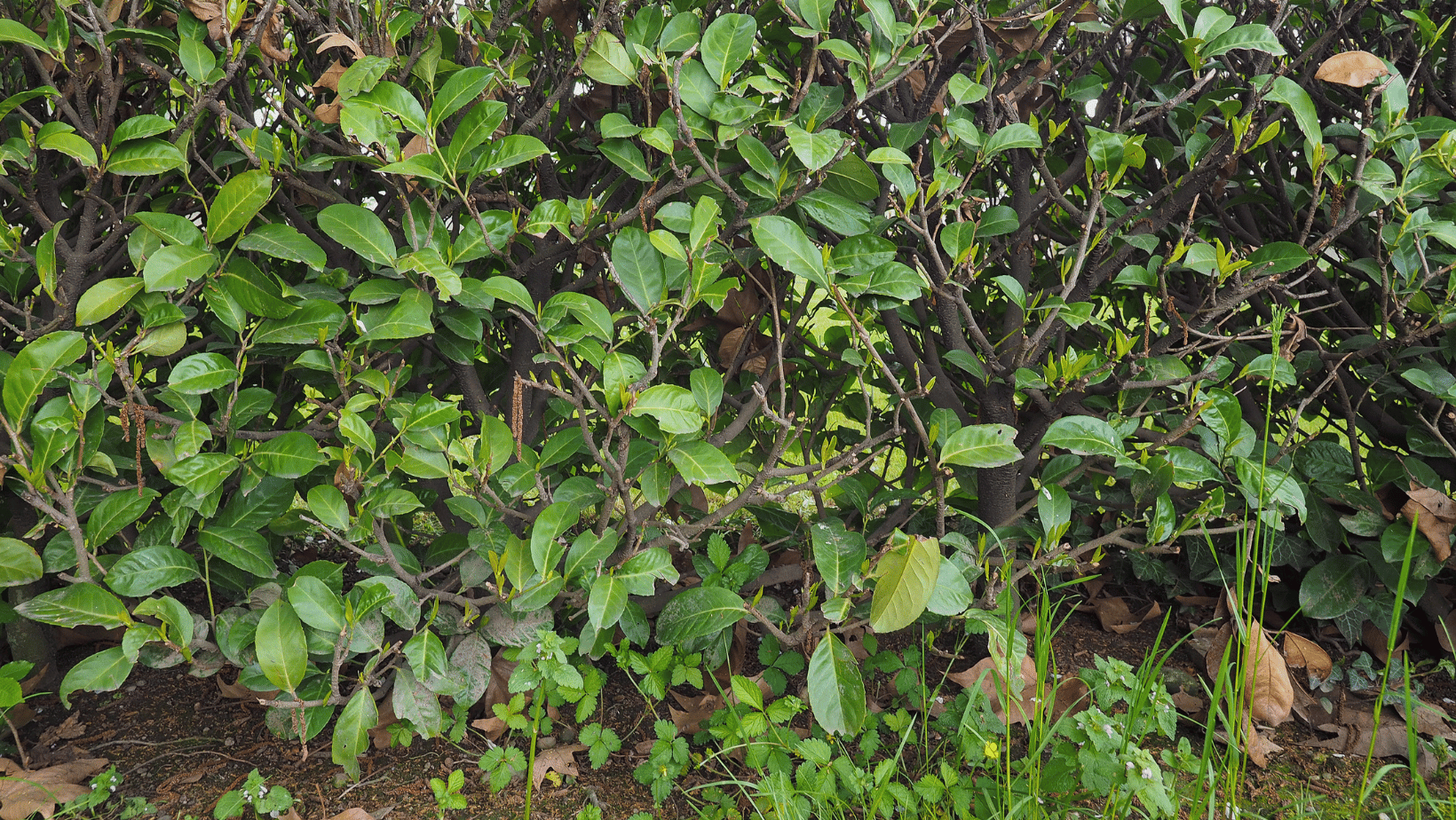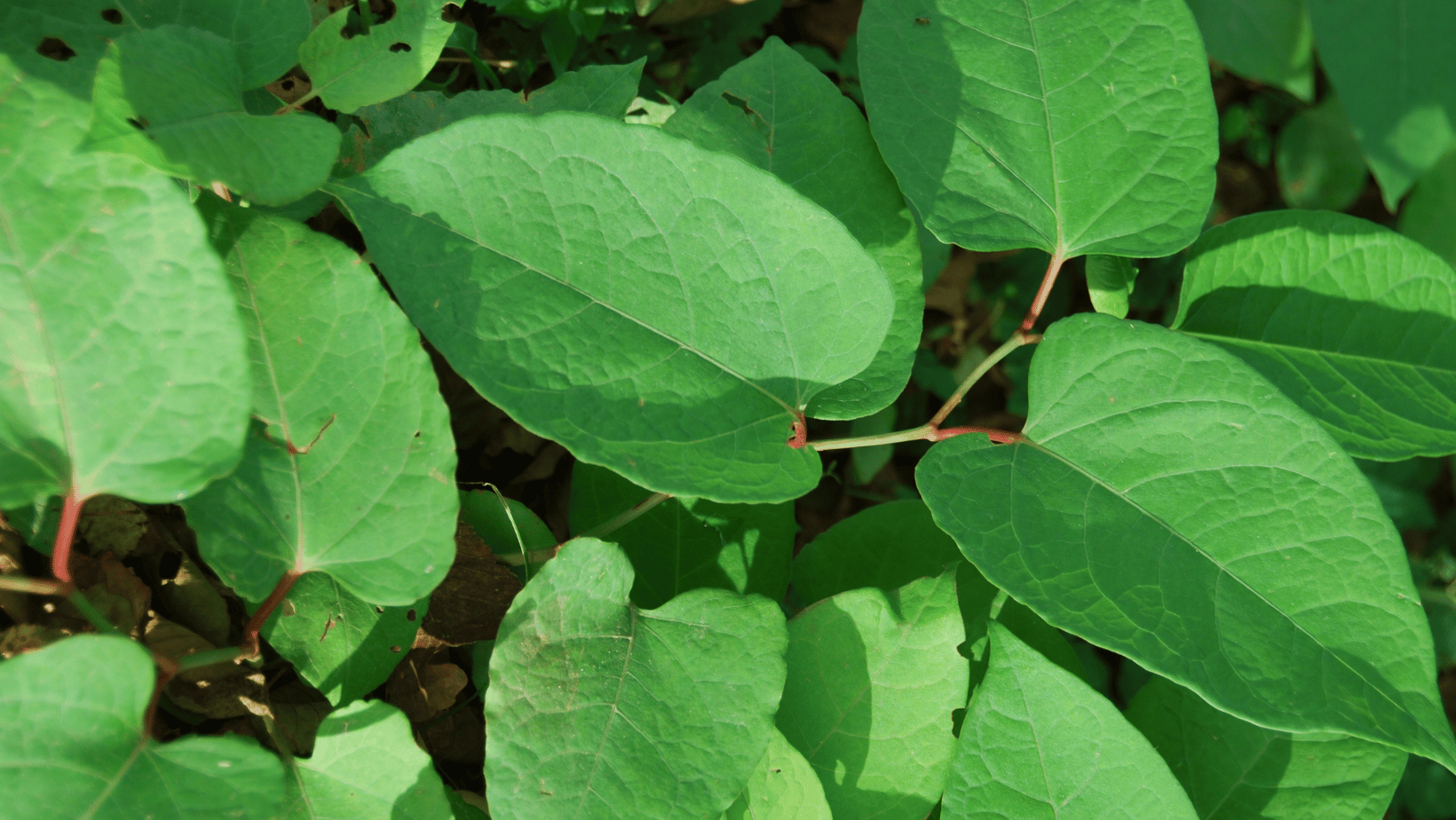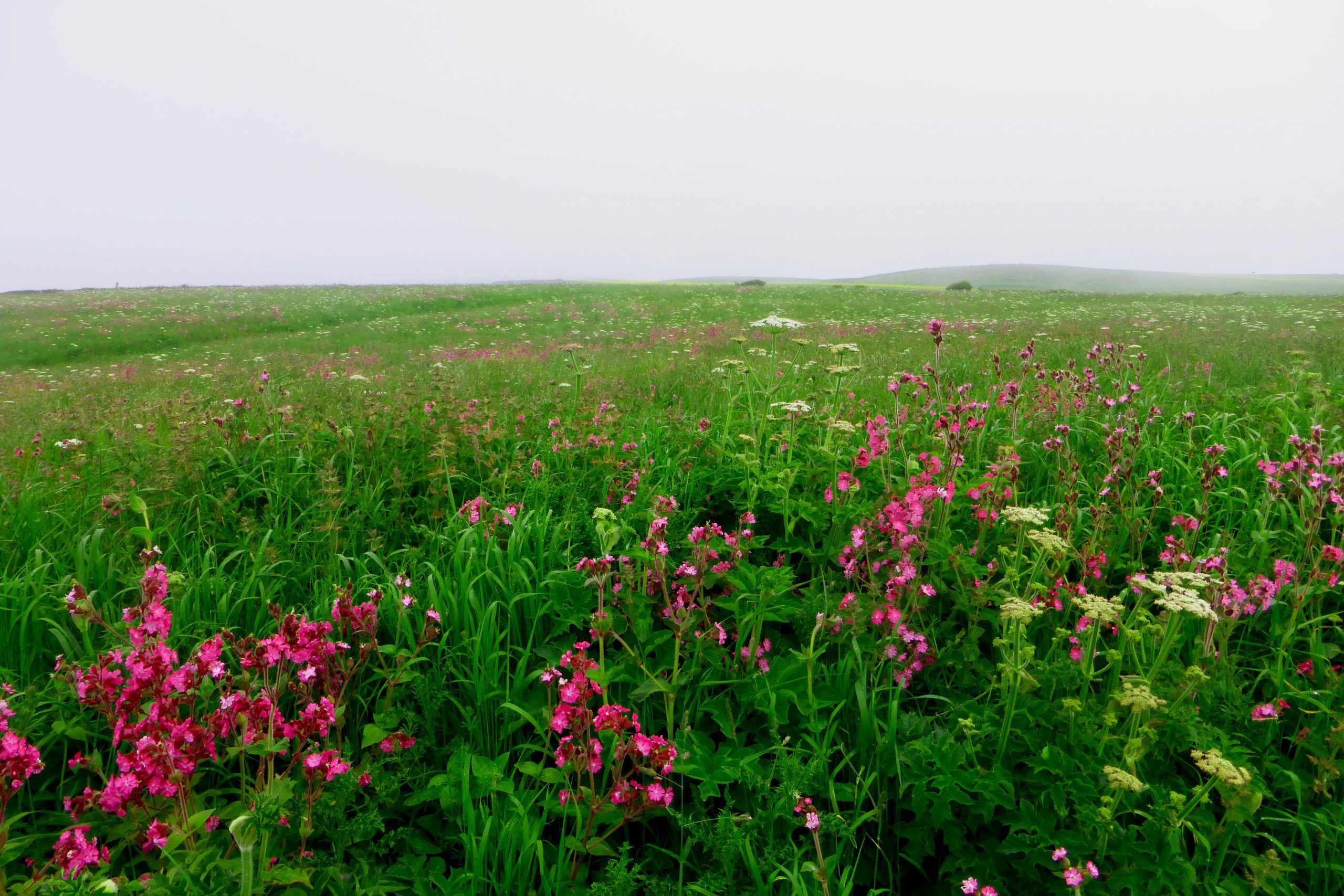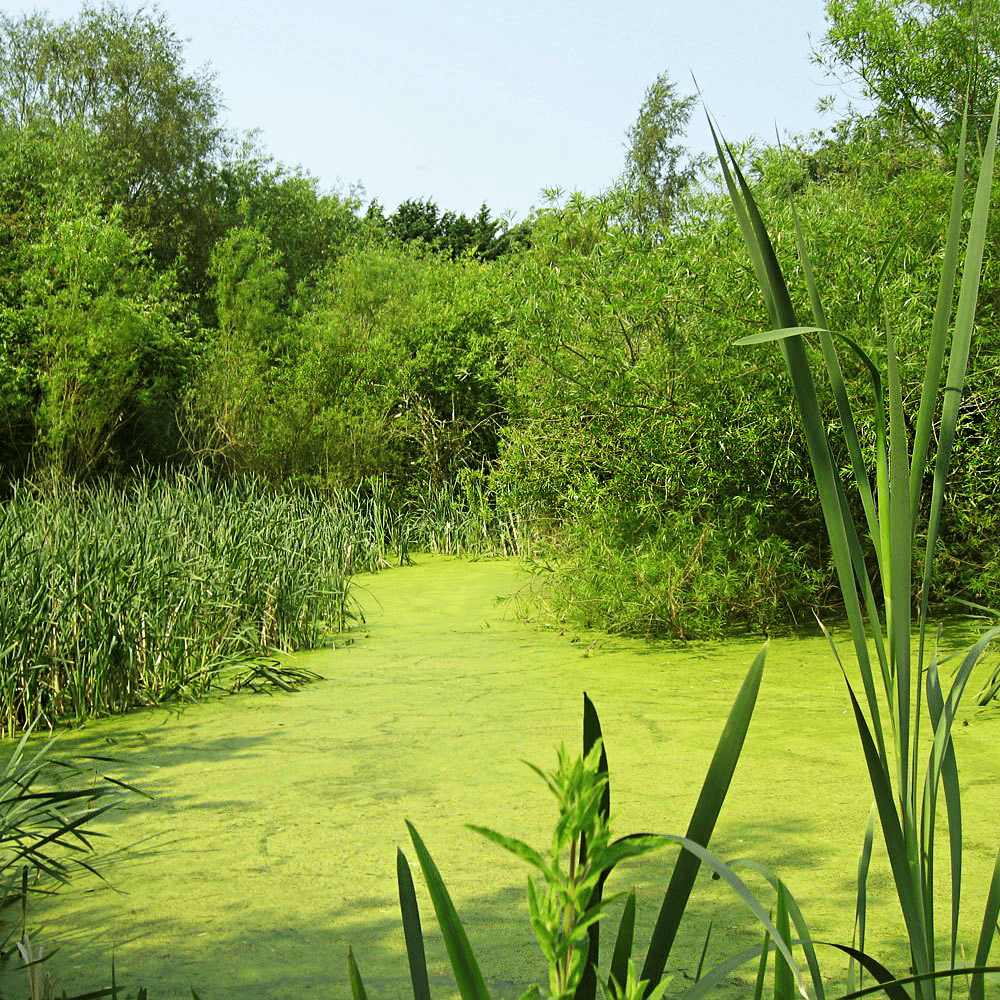Generally these surveys can be carried out throughout the year, although it is important to note that some species may not be apparent during the survey depending on the season and local conditions. Extended Phase 1 Habitat Surveys are the starting point of an ecological assessment and a valuable source of information for developers. Early identification of ecological issues can prevent any unnecessary delay to planning applications.
Detect the species present: Understand biodiversity and pinpoint conservation priorities.
Guide conservation strategies: With knowledge, we can protect and enhance habitats.
Aid in sustainable planning: Identifying sensitive areas ensures mindful development.
Contact Us
For more information on Habitat Surveys, or to discuss a specific project, contact our office on 0845 463 4404.
contact us






